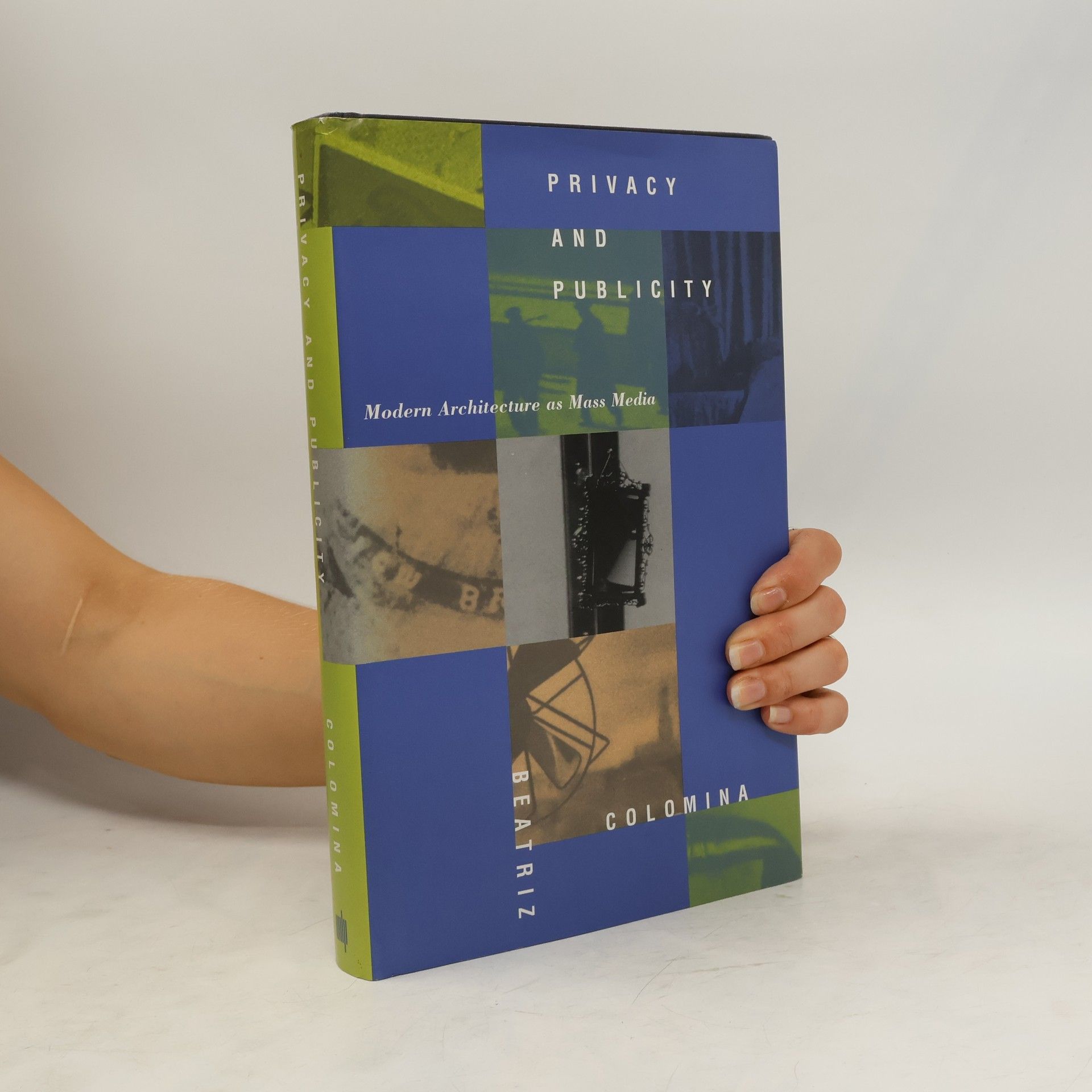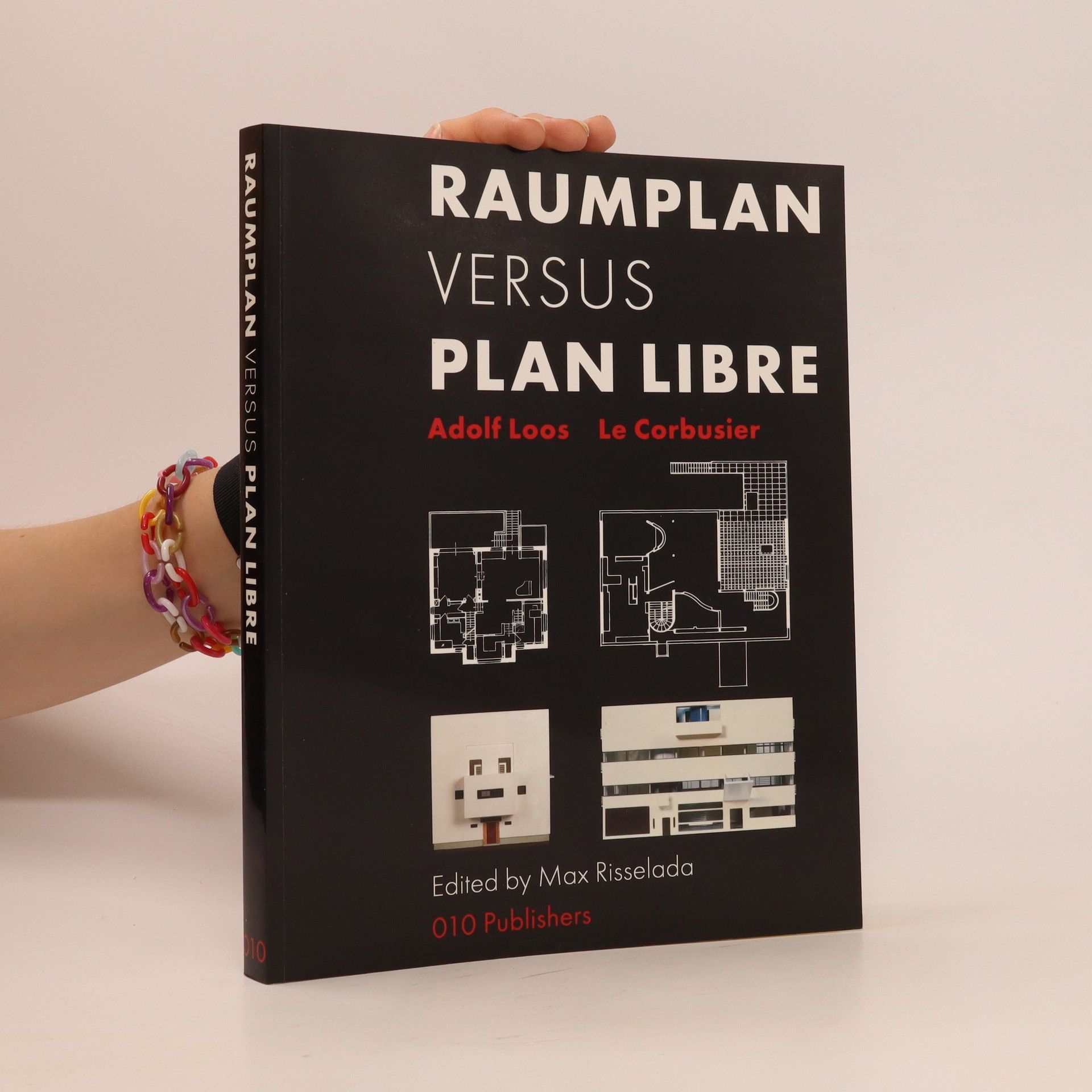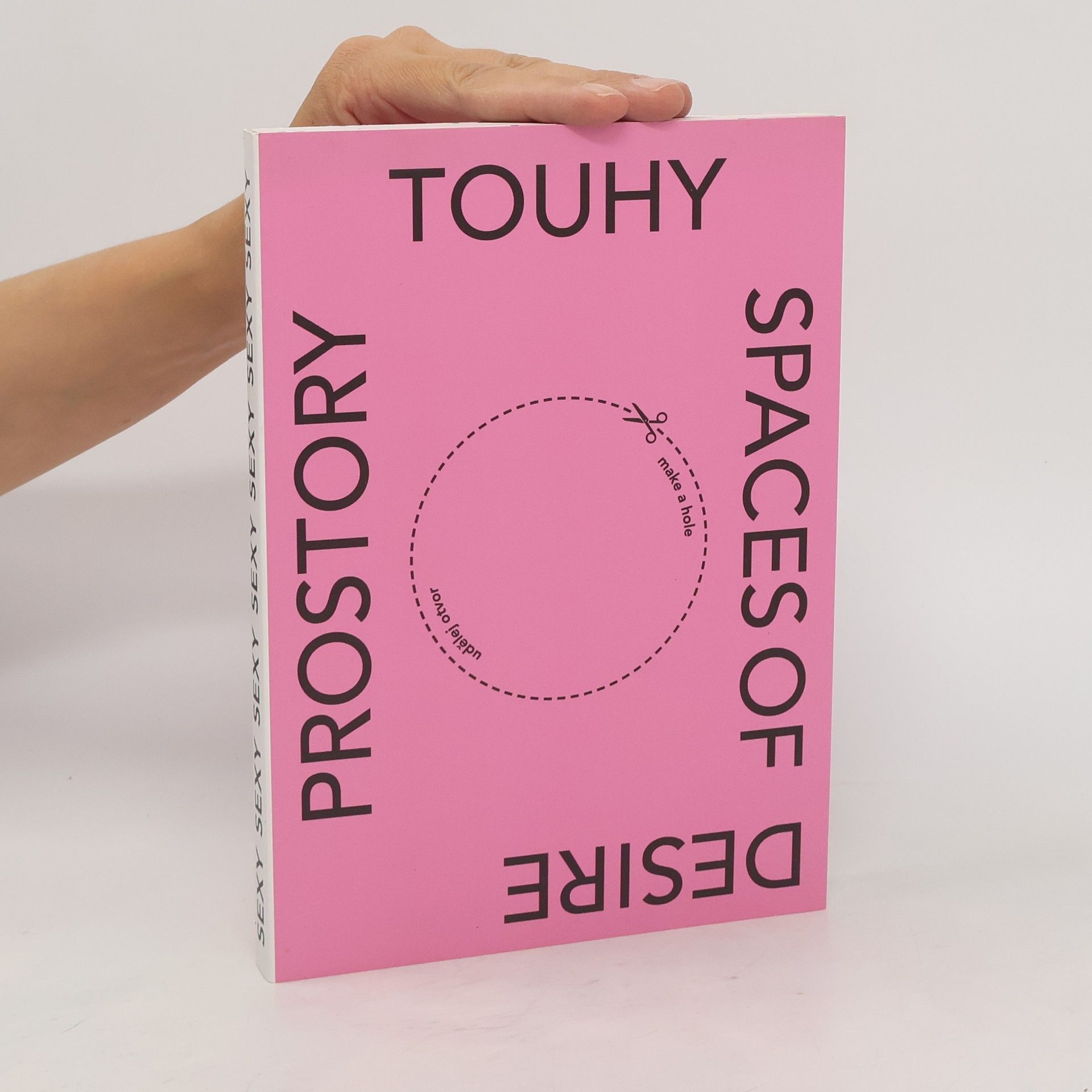Katalog výstavy v Galerii Jaroslava Fragnera, 5. srpna - 25. září 2016
Beatriz Colomina Livres






Raumplan versus Plan Libre
- 198pages
- 7 heures de lecture
Originally published as a catalogue to accompany an exhibition with the same name in 1987, this new edition re-examines the respective merits of two giants of Modern Architecture Adolf Loos and Le Corbusier. As well as featuring writings by the two architects, the book illustrates their respective evolution, with detailed reference to their domestic projects, ranging from the Strasser House (1919) to the Last House (1932), and from the Maison Domino (1915) to Villa Savoye (1932). Features major contributions form Beatriz Colomina, Jan de Heer and Max Risselada, among others.
Domesticity at War
- 280pages
- 10 heures de lecture
Colomina delves into the intricate interplay between architecture and media, revealing how these elements reshape the boundaries between public and private spaces. The book examines the impact of domesticity in wartime, highlighting the evolving nature of home and shelter in the context of conflict. Through this lens, it offers a thought-provoking analysis of how our environments influence and reflect societal dynamics.
Clip, Stamp, Fold
- 672pages
- 24 heures de lecture
An explosion of little architectural magazines in the 1960s and 1970s instigated a radical transformation in architectural culture, as the magazines acted as a site of innovation and debate. Clip/Stamp/Fold takes stock of seventy little magazines from this period that were published in over a dozen cities. Coined in the early twentieth century to designate progressive literary journals, the term "little magazine" was remobilized during the 1960s to grapple with the contemporary proliferation of independent architectural periodicals. The terms "little" and "magazine" are not taken at face value. In addition to short-lived radical magazines, Clip/Stamp/Fold includes pamphlets and building instruction manuals along with professional magazines that experienced "moments of littleness," influenced by the graphics and intellectual concerns of their self-published contemporaries. Beatriz Colomina is Professor of Architecture and Founding Director of the Program in Media and Modernity at Princeton University.
Privacy and Publicity
Modern Architecture as Mass Media
In a supportive article covering the 4th Berlin Biennial, critic Steven Henry Madoff took a moment to question what many have termed "Biennial Fever," writing, "Are [biennials] here to capture trends or to advance artists' voices in a larger social dialogue? Do they promote international understanding or local interests? Are they bully pulpits for curators turned ideologues, or are they simply there to tap the art market's stopwatch till the next survey of hot new things draws the attention of an ever expanding universe of collectors?" For the 2008 edition of this always-provocative international fair, Curators Adam Szymczyk and Elena Filipovic brought together primarily newly commissioned work by 50 emerging and established international artists for a round-the-clock exhibition that included 63 nightly events. This expansive volume documents it all, and contains contributions by writers, critics and artists including Beatriz Colomina, Bettina Viesmann, Cameron Jamie, Gabriel Kuri, Babette Mangolte, Ahmet Ögüt and Katerina Seda.
Cristina Iglesias
- 148pages
- 6 heures de lecture
Presents the largest urban art project in Europe - the Tres aguas in Toledo, Spain
The question Are We Human? is both urgent and ancient. Beatriz Colomina and Mark Wigley offer a multilayered exploration of the intimate relationship between human and design and rethink the philosophy of design in a multi-dimensional exploration from the very first tools and ornaments to the constant buzz of social media. The average day involves the experience of thousands of layers of design that reach to outside space but also reach deep into our bodies and brains. Even the planet itself has been completely encrusted by design as a geological layer. There is no longer an outside to the world of design. Colomina's and Wigley's field notes offer an archaeology of the way design has gone viral and is now bigger than the world. They range across the last few hundred thousand years and the last few seconds to scrutinize the uniquely plastic relation between brain and artifact. A vivid portrait emerges. Design is what makes the human. It becomes the way humans ask questions and thereby continuously redesign themselves.
Are We Human? The Design of the Species
- 576pages
- 21 heures de lecture
This kaleidoscopic book documents the 3rd Istanbul Design Biennial curated by Beatriz Colomina and Mark Wigley in the words of the curators and all the participants, starting with the polemical Biennial Manifesto that launched the project. A remarkable galaxy of designers, architects, artists, historians, theorists, film makers, archaeologists, choreographers, scientists, labs, institutes, and NGOs challenge the self-image of our species. Are We Human? is an urgent question when design has gone viral, infusing every dimension of human and non-human life. Design now encrusts the whole Earth as a living geological layer going deep into the ground, into outer space, bodies, brains, and genes. This book dramatically rethinks design in the face of a planet and a species in unprecedented crisis rebooting the conversation on design
X-Ray Architecture
- 200pages
- 7 heures de lecture
Illuminates the hidden relationship between building and body